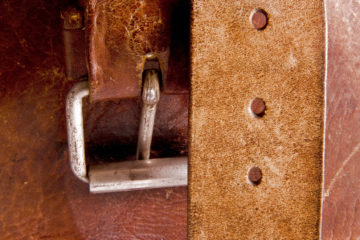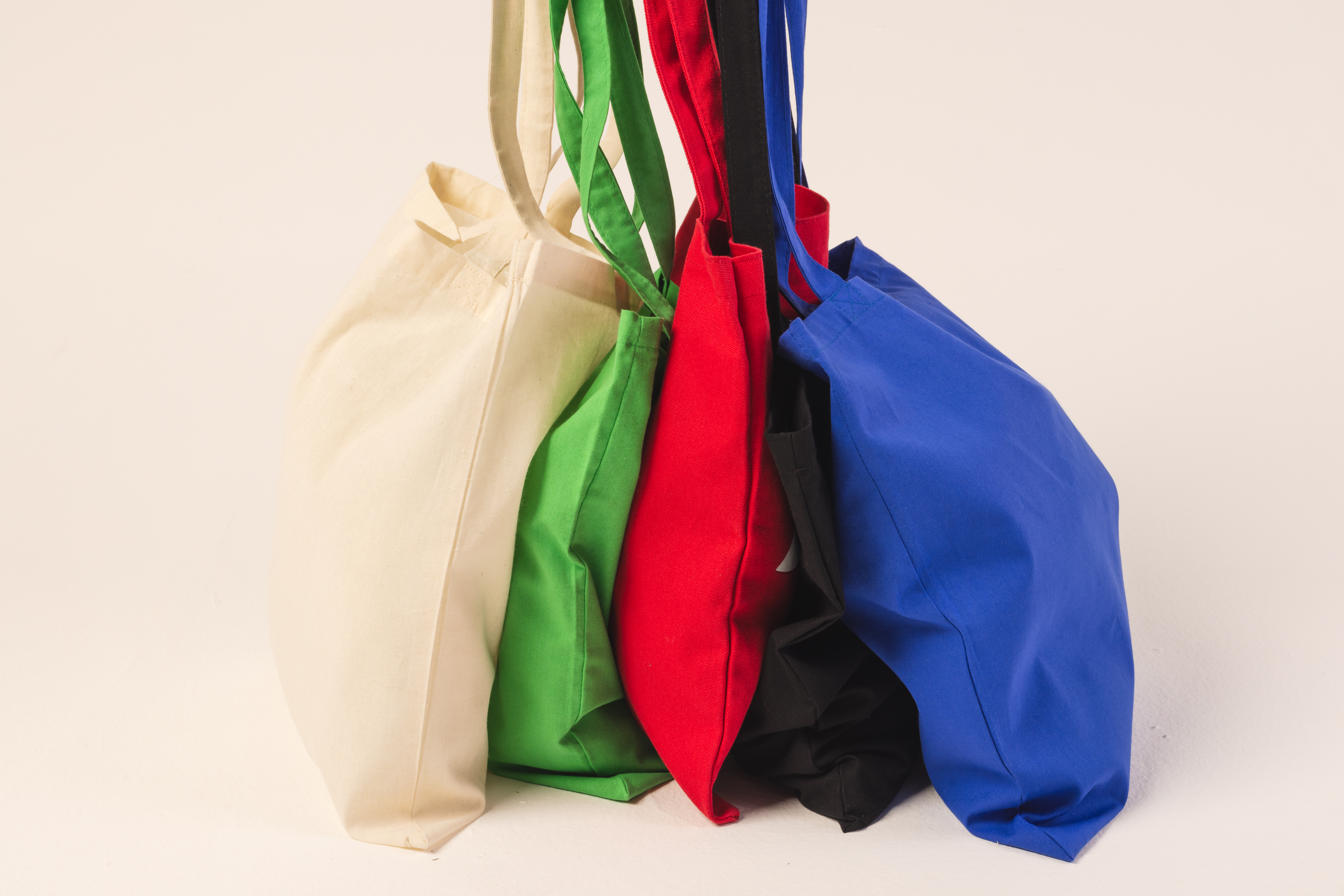What to Expect From Soft Goods Design to Delivery
From the first sketch to a finished product on the shelf, each phase of soft goods production involves collaboration, iteration, and lead time. So why do timelines vary so much? Factors like product complexity, material availability, and international shipping all play a role, and without a clear plan, it’s easy to underestimate how long things will take. Let’s break down the full product development journey so you know exactly what to expect.
A High-Level Timeline From Concept to Launch
Every soft goods product is different, but most follow a similar path from design through delivery. Here’s a simplified overview of how long each phase takes.
Estimated Total Timeline: 16–28 Weeks (4–7 Months)
| Phase | Estimated Duration |
| Discovery & Product Planning | Weeks 1–2 |
| Design & Tech Pack Development | Weeks 3–6 |
| Sampling & Prototyping | Weeks 7–12 |
| Production & Manufacturing | Weeks 13–22 |
| Logistics & Delivery | Weeks 23–28 |
This timeline provides a general framework, but can be adjusted based on your product’s complexity and manufacturing location.
Phase 1: Discovery & Product Planning (Weeks 1–2)
The first step is all about clarity. During this phase, your team defines the product vision, target market, price point, and functional goals. It’s also the time to evaluate feasibility: Will your product meet your intended cost, timeline, and audience expectations?
Softline supports brands through this step with structured project scoping and the creation of a comprehensive design brief. Early conversations around materials, construction, and go-to-market strategy help set the stage for smooth execution later.
Phase 2: Design & Tech Pack Development (Weeks 3–6)
Once the vision is defined, it’s time to bring it to life. This phase includes sketches, 2D or 3D concept development, and thoughtful material recommendations based on performance, aesthetics, and cost.
Your team and your manufacturing partner will go back and forth with feedback during this period. Tech packs, which include measurements, a bill of materials (BOM), stitch details, and trim specs, are finalized here.
Pro Tip: Faster approvals during this phase can compress your overall timeline. Consistent communication saves weeks.
Phase 3: Sampling & Prototyping (Weeks 7–12)
With a tech pack in hand, your factory begins sourcing initial materials and creating the first sample. Expect a few rounds of revision. Small tweaks to fit, construction, or finishes are normal and necessary.
Once the final sample is approved, you’re ready to shift into production. That approval also locks in quality standards, so your manufacturer knows exactly what to replicate during your bulk run.
Phase 4: Production & Manufacturing (Weeks 13–22)
This is where it all comes together. During the production phase, your approved sample gets turned into hundreds of finished products. Materials are sourced, cut, sewn, and assembled. Quality control checks take place throughout to ensure consistency.
The length of this phase can vary significantly depending on production location. Domestic runs are often faster and easier to oversee. Overseas runs may be cheaper upfront, but require more shipping time.
Phase 5: Logistics & Delivery (Weeks 23–28)
After production wraps, your goods are packaged, labeled, and prepared for delivery. Domestic freight may take just a few days, while international shipping could take weeks, especially if customs, port congestion, or holiday backlogs come into play.
Be sure to build cushion time into your timeline to avoid surprise delays. Final delivery is typically to a warehouse, fulfillment center, or distribution hub.
Variables That Impact Your Timeline
Not every project follows the same schedule. A few key factors can significantly accelerate or slow down your timeline:
- Product Type: Custom development takes longer than private label manufacturing.
- Production Location: Domestic manufacturing often offers shorter lead times than overseas production.
- Material Availability: Specialty or custom materials may require longer sourcing periods.
- Client Responsiveness: Delays in approvals or changes mid-process can extend production.
- Seasonality: High-volume periods (like Q4) often affect production and shipping speeds.
Understanding these variables helps set realistic expectations and allows for better planning.
Why Planning Early Pays Off
Starting the product development process early gives your brand room to breathe. You’ll have more time to test materials, refine designs, create custom packaging, and line up marketing efforts. It also means you’re not at the mercy of tight deadlines, missed ship windows, or costly rush fees.
Understanding your product development timeline is key to staying on track and going to market with confidence. Whether you’re a startup planning your first launch or a seasoned brand expanding your line, knowing what to expect sets you up for success.
Partner with Softline!
At Softline, we partner with brands across every stage, helping them move from sketch to shelf with clarity, strategy, and peace of mind. Connect with our product development team to start planning.










